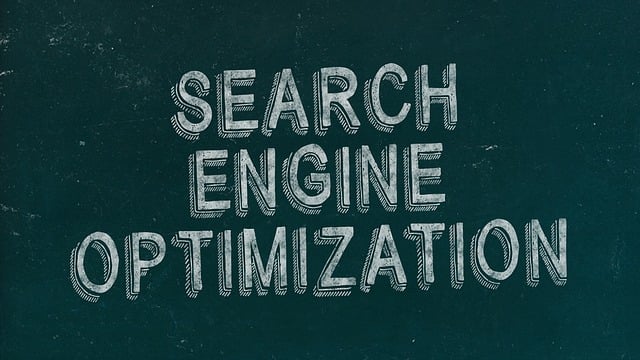AI heatmap tools are transforming commercial real estate (CRE) occupancy rate forecasting, particularly in retail spaces, by analyzing vast datasets using machine learning. These tools provide valuable insights into tenant preferences and emerging trends through geospatial data visualization of retail foot traffic patterns. Property managers can leverage this AI-generated data to optimize space utilization, attract desirable tenants, and maximize occupancy rates, gaining a competitive edge in the dynamic CRE market.
In the dynamic landscape of commercial real estate, accurate occupancy rate forecasting is vital for informed decision-making. This article explores how Artificial Intelligence (AI) transforms traditional forecasting methods by analyzing historical data and identifying trends. We delve into the significant impact of AI on occupancy predictions, enhancing investment strategies. Furthermore, we present a comprehensive guide to leveraging AI heatmap tools for retail foot traffic analysis, providing insights into customer behavior and optimizing space utilization. Discover how these cutting-edge techniques are revolutionizing the industry.
- Understanding Commercial Real Estate Occupancy Rates and Their Impact
- The Role of AI in Forecasting Occupancy: Benefits and Applications
- Leveraging Heatmap Tools for Retail Foot Traffic Analysis: A Comprehensive Guide
Understanding Commercial Real Estate Occupancy Rates and Their Impact

Commercial real estate occupancy rates are a critical metric indicating the percentage of available space occupied by tenants within a property. Understanding this rate is paramount for investors, developers, and managers as it directly impacts rental income, property values, and market competitiveness. Occupancy levels can be influenced by various factors such as economic conditions, local market trends, tenant mix, and the overall appeal of the property to potential occupiers. Accurately forecasting these rates is essential for strategic decision-making, allowing professionals to optimize their portfolios and stay ahead in a dynamic market.
AI heatmap tools have emerged as powerful assets for analyzing commercial real estate occupancy. By leveraging machine learning algorithms, these tools can process vast datasets comprising historical occupancy data, demographic information, and even AI-generated insights from consumer behavior patterns. This enables more precise predictions of future occupancy rates, particularly in retail spaces where foot traffic is a key indicator. Real estate professionals can gain actionable insights into tenant preferences, popular locations, and emerging trends, thereby facilitating informed strategies to maximize occupancy and attract desirable tenants.
The Role of AI in Forecasting Occupancy: Benefits and Applications

The integration of Artificial Intelligence (AI) in commercial real estate (CRE) occupancy rate forecasting offers unprecedented advantages, revolutionizing traditional predictive models. AI algorithms have proven to be game-changers when it comes to analyzing vast amounts of data related to market trends, tenant preferences, and economic indicators. By utilizing machine learning techniques, these systems can identify intricate patterns that might otherwise go unnoticed by human analysts.
One of the key applications is the use of AI heatmap tools for retail foot traffic. These advanced tools analyze historical and real-time data to visualize areas with high customer activity, helping property managers optimize space utilization. For instance, understanding which sections of a shopping center attract the most visitors can guide future leasing decisions, ensuring higher occupancy rates. This level of insight allows CRE professionals to make data-driven adjustments, ultimately improving asset performance.
Leveraging Heatmap Tools for Retail Foot Traffic Analysis: A Comprehensive Guide

AI heatmap tools have emerged as powerful allies in the realm of commercial real estate (CRE) occupancy rate forecasting, particularly for retail spaces. By analyzing foot traffic patterns, these innovative solutions provide valuable insights into consumer behavior and preferences. Through the use of geospatial data visualization, AI heatmaps offer a comprehensive guide to understanding where customers are spending their time within a retail property, identifying popular hotspots, and even predicting potential areas for improvement or expansion.
This technology goes beyond mere mapping; it facilitates a deeper exploration of retail dynamics. By tracking movement patterns, dwell times, and customer journeys, AI heatmap tools can reveal trends that influence purchasing decisions. This data is invaluable for property managers and investors who aim to optimize space utilization, enhance tenant strategies, and ultimately drive occupancy rates up. With such detailed insights, making informed decisions about leasing terms, marketing efforts, and even building design becomes more accessible, ensuring a competitive edge in the dynamic CRE market.
AI has emerged as a powerful tool in the commercial real estate industry, particularly for occupancy rate forecasting. By analyzing historical data and utilizing advanced algorithms, including AI heatmap tools for retail foot traffic, property managers can make more accurate predictions. These insights enable informed decisions on pricing, leasing strategies, and market trends, ultimately enhancing portfolio performance. Embracing AI technology ensures a competitive edge while navigating the dynamic landscape of commercial real estate occupancy.
